Interview with Mia Feasey of Siren Design – Australasia’s leading interior design consultancy

Led by an all-female management team, Siren Design is inspiring businesses to care for the planet.
Founded by Mia Feasey in 2005, Siren has flourished from a disruptive start-up into Australasia’s leading interior design consultancy with locations in Sydney, Melbourne and Singapore.
Led by an all-female management team, Siren has created award-winning projects for businesses from tech giants to philanthropic organisations.
Siren has the mission to inspire businesses to care for the planet, as it is a sustainability-focused studio that decided to change the way interior design works on every level, from suppliers to materials and the ideas presented to clients.
DesignWanted had the opportunity to interview Mia Feasey, who talked about her career path as a designer, the impact that interior design has in the environment, the Design Principles of Siren, and how there should be no limitations on success or opportunities based on gender.
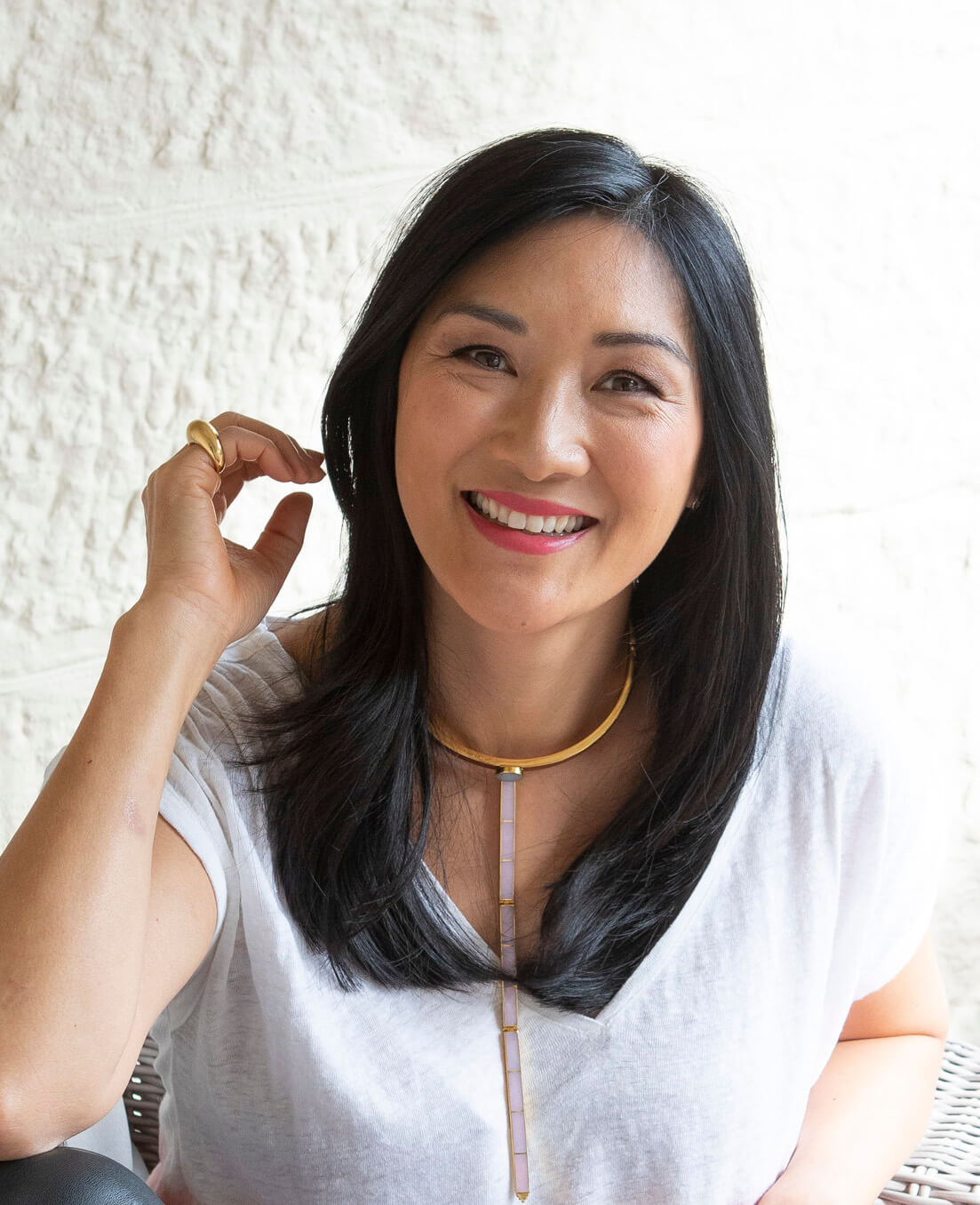
Who is Mia Feasey? How did the journey for Siren Design begin?
Mia Feasey: “Believe it or not I started my career as the singer in an all-girl London pop band billed to be the ‘Asian Spice Girls’.
After a couple of years I realised that my true passion was design, not pop music, and with $1000 in my pocket, a diploma in art and design, and half a textiles degree I headed to Australia for an adventure.
I had no friends or connections in Sydney. I came here because my Mum was Australian. I’ve always been passionate about design and was really focused on getting a foot in the door in the design field.
I worked six jobs, seven days a week. I also managed to fit in playing lacrosse for NSW and it was through there that I met my coach. Luck would have it he happened to work at the prestigious design firm, Geyer, and somehow I managed to convince him to give me a start as a part-time resource librarian.”
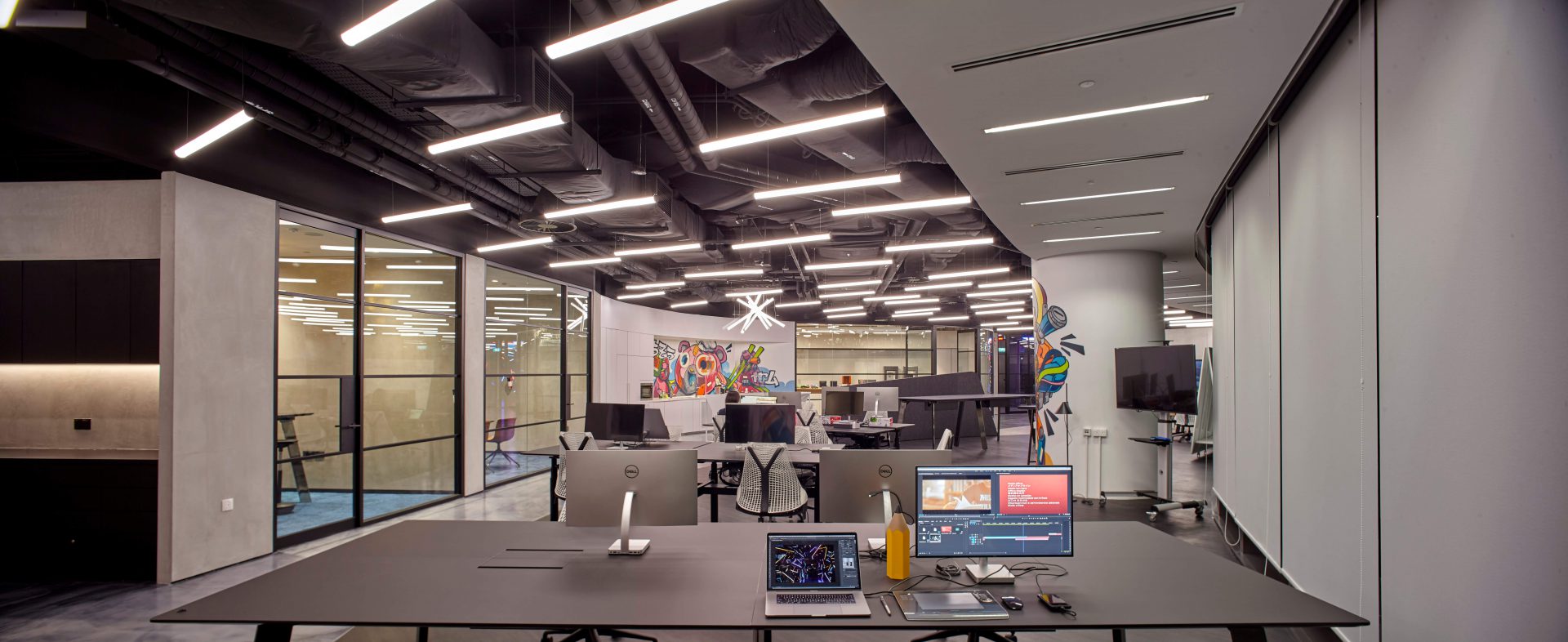
Mia Feasey: “I rose quickly to a junior designer position, and after a few years in the industry, at the age of 24, I joined forces with a builder to establish a design and construction company, taking on the role as managing director.
Responding to the growing client demand for a pure interior design consultancy, I founded Siren Design Group in 2005. Yahoo! was our first client, which quickly put Siren on the map.
I’m proud to say that with ambition, hard work, and an ability to think differently, we’ve taken Siren from a disruptive start-up, into Australia’s leading interior design consultancy, built by pure grit and determination.
We now have studios in Sydney, Melbourne and Singapore. We have created award-winning projects for some of the most innovative companies on the globe including Atlassian, BPay, Australian Ethical, Google, Facebook to name a few.”
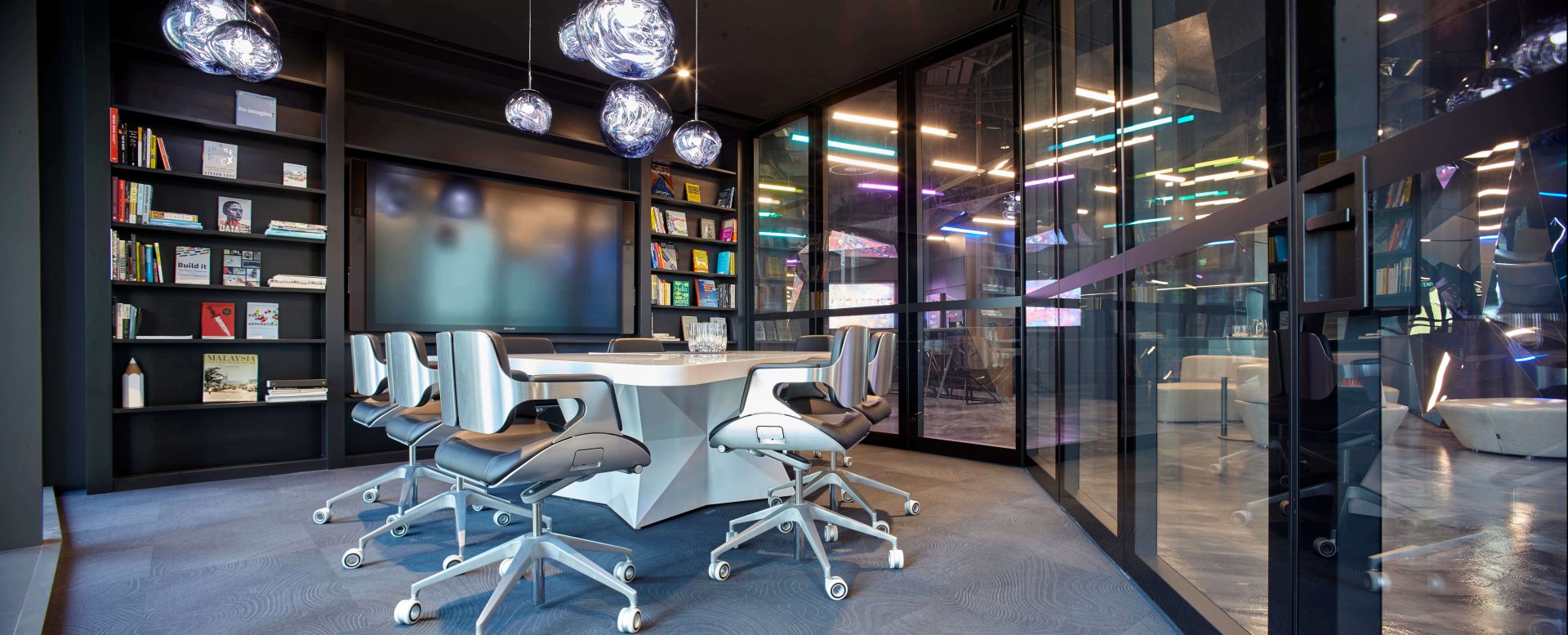
Mia Feasey: “In conjunction with growing the Siren business, I also slotted in having two children and integrating the challenges of raising a young family, with the needs of a growing business.
My key achievements include Women in Design Award 2020, YPO Regional board member, 2018 INDE Design Luminary Award, Perspective Global 40 under 40 Design Star of the Future 2012, and 2010 NAWIC Business Woman Award.
Siren’s award list is long, including awards for many projects including INDE gold and silver, Melbourne Design Awards, Sydney Design Awards, Winner of the 2016 Singapore Design Awards Design Practice of the Year to name a few.”
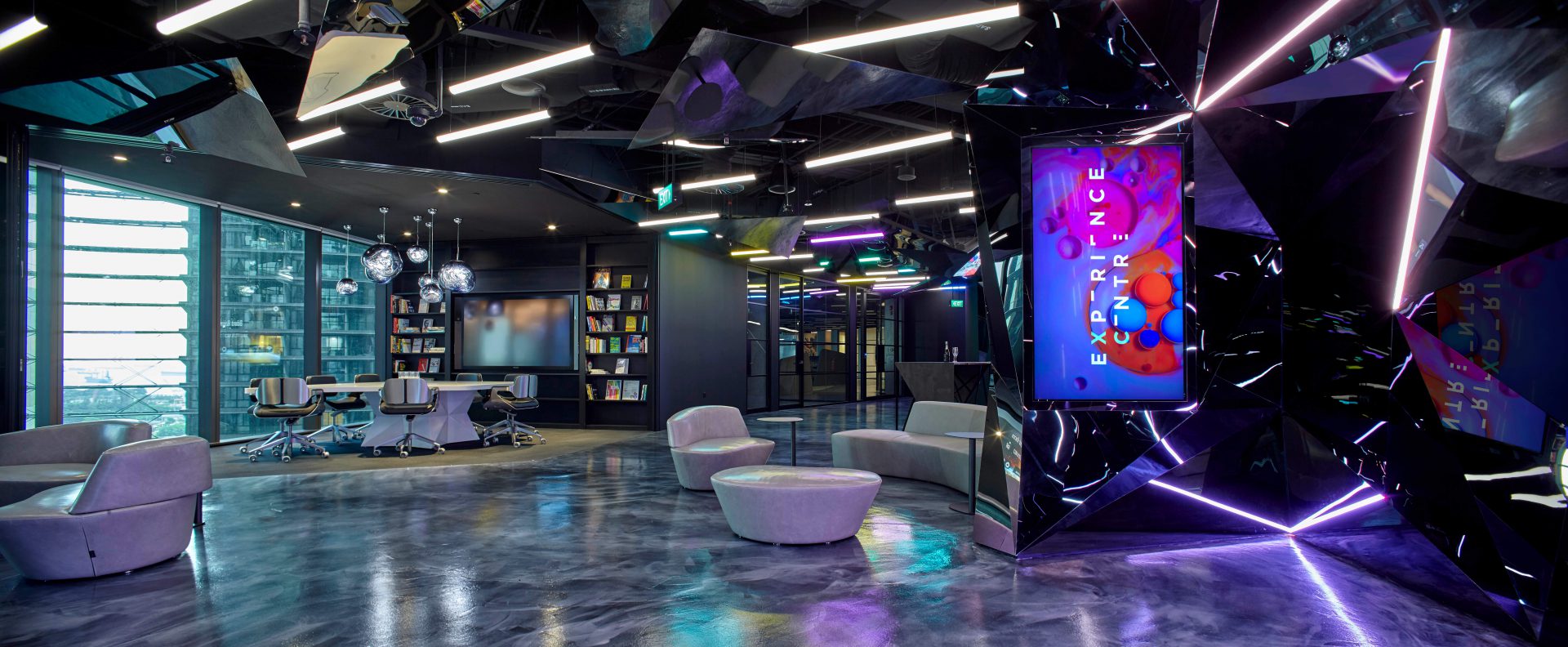
Why Siren Design? Why focus on commercial interiors?
Mia Feasey: “In 2019, the Siren board and I redefined Siren’s mission and purpose as: ‘Our mission is to enable people to thrive. Our purpose is to use our creativity to inspire businesses to care for the planet.’
These elements run through everything that the Siren team now does, both internally and externally on the projects we work on.
As part of this, I realised that interior design is a profession that has not been good for the environment, it’s worse than fashion in this respect and so we are on a mission to change that.”
Comfortable and beautiful interiors that allow collaboration, have a look at A co-working space for more just and equitable community: The Coven + Blu Dot.
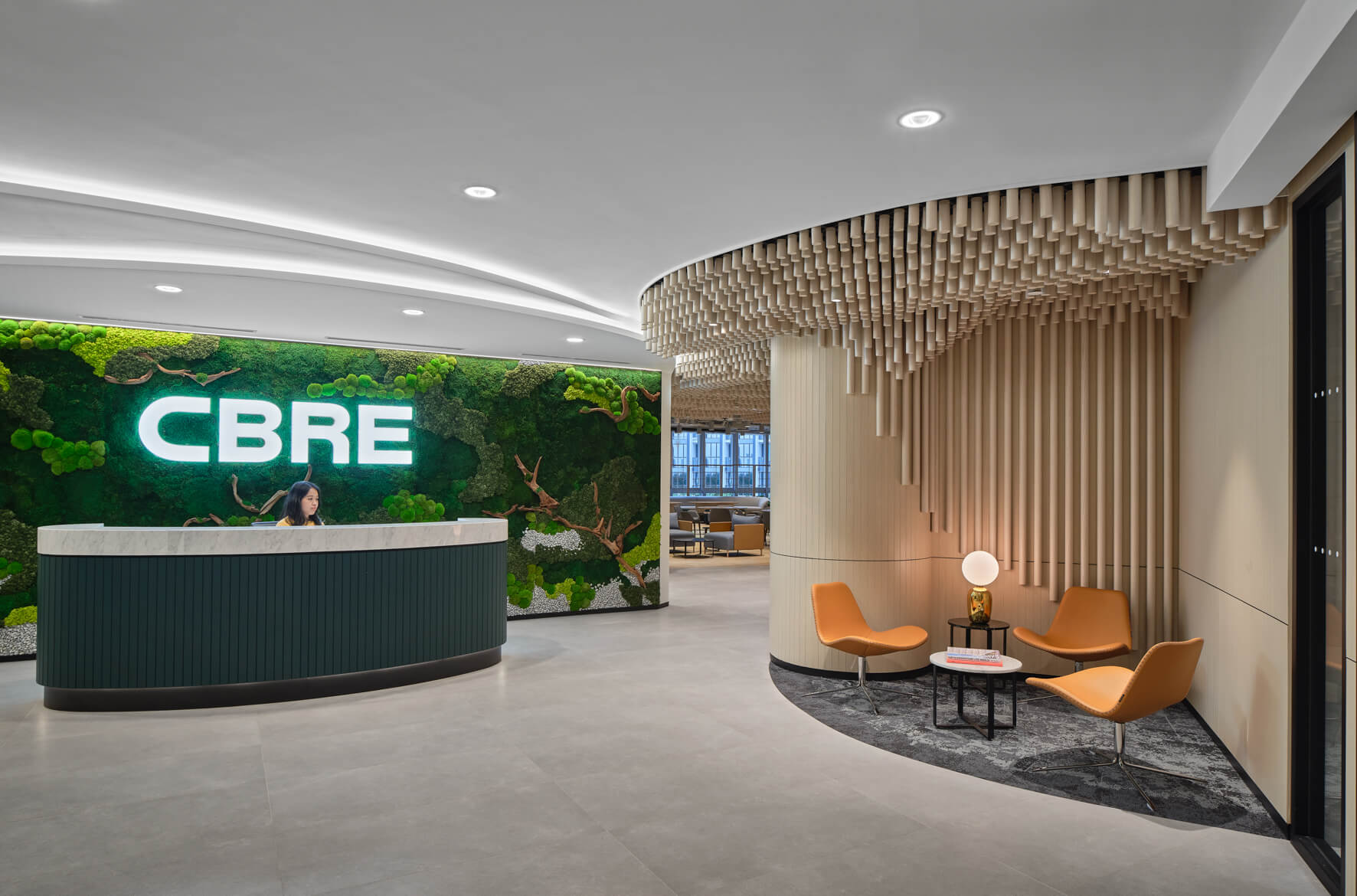
Mia Feasey: “I’m a strong advocate of using design led thinking to help solve complex problems in creative ways. The pandemic has made this approach more important than ever.
I have been working with clients and the industry more broadly to help businesses and individuals see how the current challenges can lead to seeing things differently and coming up with better solutions to complex problems.
With 82% of Siren staff members being women, Siren has long been an advocate of flexible work practices to better suit the needs and challenges of parenthood in the workplace.
As a mother of two young girls, I understand the challenges of motherhood and through this understanding I hope I’ve been able to serve as a role model for many of our staff and women in the design industry.”
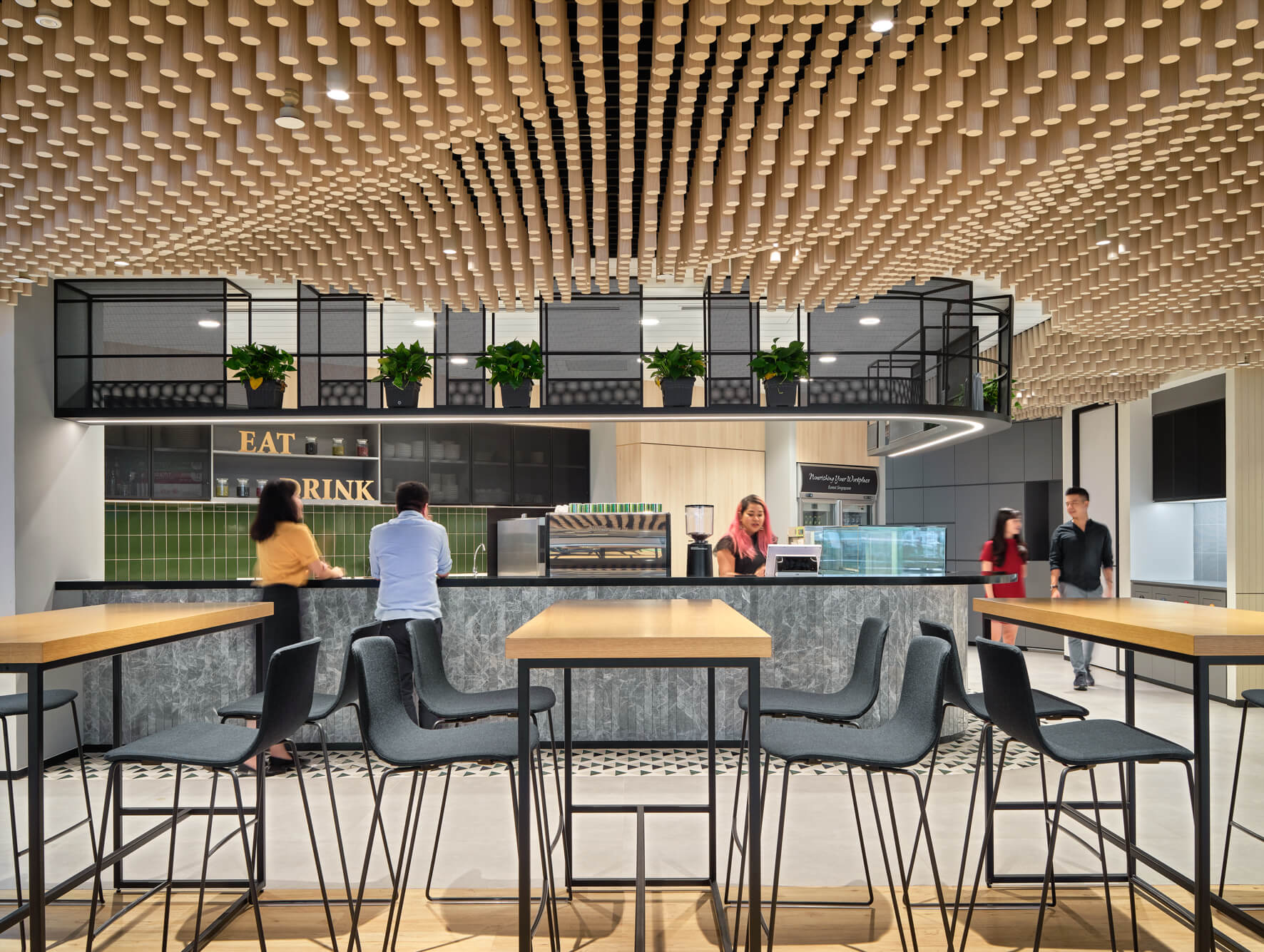
Mia Feasey: “I started Siren from literally nothing. I believe that women can do anything, and that there should be no limitations on success or opportunities based on gender.
I’m privileged to have been able to mentor other women, including Penny Sloane (Managing Director and Partner of Siren Singapore) and Nicole Pollak, (Managing Director and Partner, Siren Melbourne)
I created my business because I wanted to do something I loved, and I wanted to help to bring others on the journey with me. We started our business with a focus on commercial interiors because we could make more of a difference there.
At the time, commercial offices were awful – cold hard places with no personality. I’m proud to say that we’ve been able to lead the change, we were brave and its paid off. We’ve made commercial more human, bringing in elements of residential and hospitality.”
Managing Director at Siren Design in Singapore, Penny Sloane shared her views on the future of workspaces: “Mummy, what will my work look like when I grow up?“

Through its work, Siren Design aims to find the sweet spot between innovation and practicality. With this in mind, how is Siren Design approaching workspace design in the midst of the current world situation?
Mia Feasey: “This is where we really need to put our mission and purpose to work. We need to first focus on the people, on the human aspect to ensure that workplaces are truly places where people can thrive.
Then the next aspect is to use our creative thinking to help to solve complex problems.
We are also driven by something we call ‘places for purpose’. It’s all about getting to the heart of things. Rather than simply designing for aesthetics, or making money, we need to get things in balance.
It’s inspired by a philosophy called Ikigai, which is about finding your true personal purpose, and we have evolved and extended that to the workplace and creating places for purpose.”
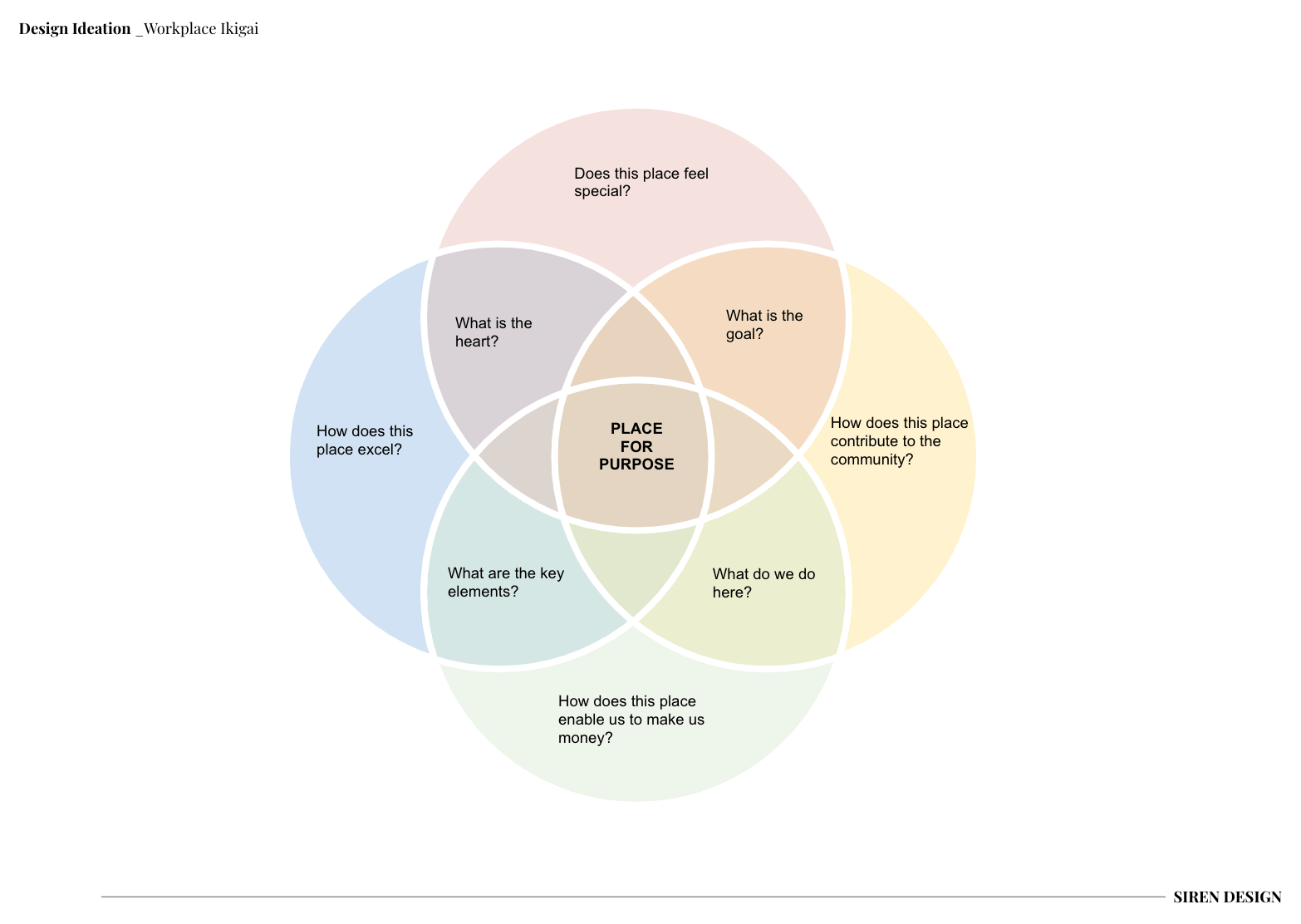
The current business and work environment is characterized by flexible environments. In your opinion, is there a solution for a safe working environment that does not sacrifice collaboration and innovation?
Mia Feasey: “As humans we need connection, the pandemic has proven that. The workplace needs to be a desirable, attractive, flexible space to attract the best talent and compel people to return.
I believe we need to amplify the future of workplace. Get beyond the immediate reactive thinking and look beyond the near future to the longer term future to really make true change. (See diagram below). “

Mia Feasey: “This is the perfect opportunity to reflect on what has gone on before and to understand what have we lost and what have we gained through this pandemic, and then most importantly get clear on what do we want to change, and what would we like to keep?
The challenge with something like activity based working trend is that you can never find your manager. In response to this, we are designing using something we called totems, where the manager of a team has a hub, and then people can easily find their team and home space.
We have changed the way we look at user archetypes. Rather than designing around the different office personas or roles (eg. IT, sales, accounts etc) we are now focused on the ways of working. For example, one user archetype is the ‘work base’ – which is someone who comes to the office most days as they feel they have more purpose and connection. A work base person for example needs different facilities and has different requirements to someone who has a home base (ie works from home for most of the week) or someone who has no base.
From these archetypes we then design a space using a kit of parts with the different elements used in ways that can flex depending on the nature of the people working within. We also design using ripples that flow out from the team hub at the centre in an organic fashion that can move with the changing needs of the team and/or spatial restrictions.”

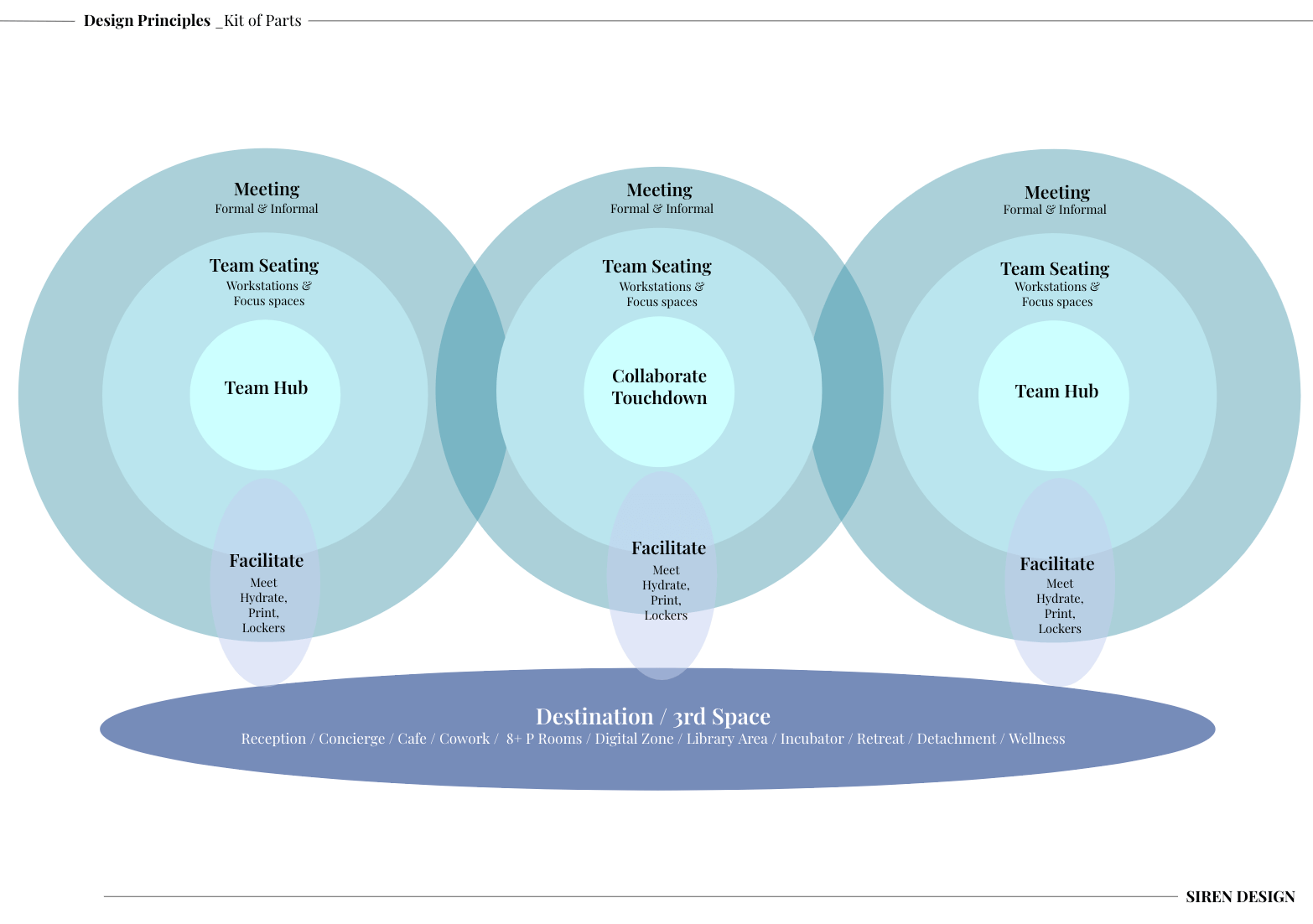

Siren Design recently redefined its core mission and now focuses on improving sustainability in the interior design industry. What are the main points designers should consider when creating a sustainable workspace?
Mia Feasey: “I think it comes down to three key things: common sense, constant learning and creative intelligence.
More often than not it’s about applying common sense to a project or design. Just because something has a green label on it, don’t simply accept blindly that it is a green product. You need to analyse things and do some research to check what are the materials, how was it made, where does it come from.
It also involves questioning things and thinking critically about all of the elements. For example, consider really testing your clients at the start of a project – do you really need that many photocopiers? That many hot water systems? That many fridges?”

Mia Feasey: “It’s also important to consider what can be re-used or reinterpreted? Just because something has been used in a previous fit-out doesn’t mean it’s bad, or can’t be used again. A new fit-out doesn’t have to mean everything new. When you move house you don’t throw away all of your furniture and start again, so why would you do that in an office?
I think to set up the sustainability principles at the start of the project for all the consultants and raise the awareness that our role is not to waste and squander, but to try and question, use your creative intelligence and find clever solutions.”

As well as improving the social and environmental sustainability in the interiors industry, Siren Design also focuses on the health and wellbeing of its inhabitants. What are the main design trends for the future of workspaces regarding health and wellbeing in general?
Mia Feasey: “I believe we need to engage the five senses in design. Things like the way a place smells, the feel of the materials, the light, the sounds, the tastes – these elements all have a deep affect on how we feel.
As humans we also need connection to others. The social aspect is critical and I believe this is the key role of the workplace of the future. To create true places of purpose that serve as places to create, engage and learn. It’s good for our mental health, and it’s good for us physically. As a result, I believe that it’s also good for business, as engaged, healthy happy people make for creative, clever humans who can do a great job.
Biophilia is also essential. As humans we need connection to nature. We need to see green. We need natural light, and plants help to keep us healthy.”
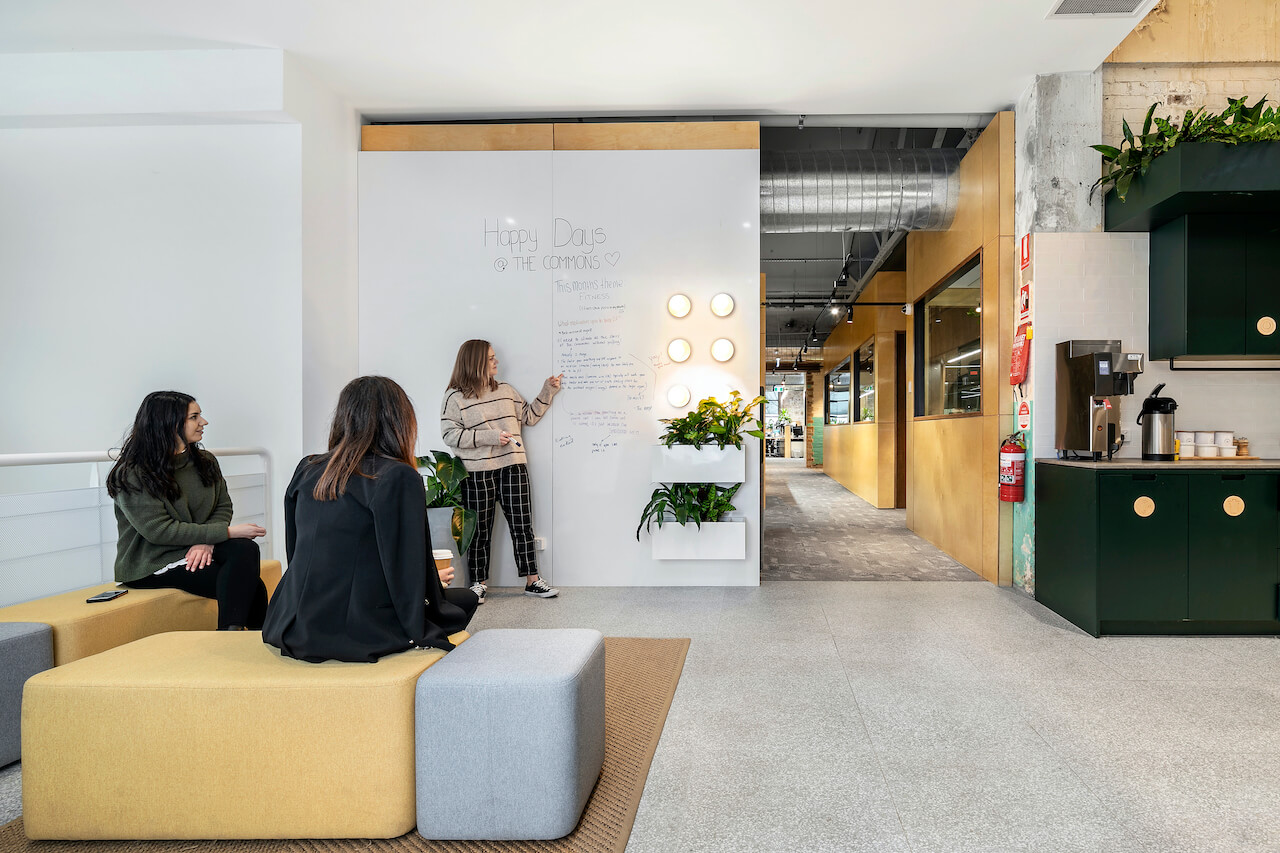
What is next for Siren Design?
Mia Feasey: “Siren New York! Siren Architecture and also Siren Home which is a tech start up… watch this space!”
Designing projects that follow the principles of sustainability, is a challenge that needs to begin at the very origin of the co-working project: Second Home Hollywood is LA’s densest urban forest



